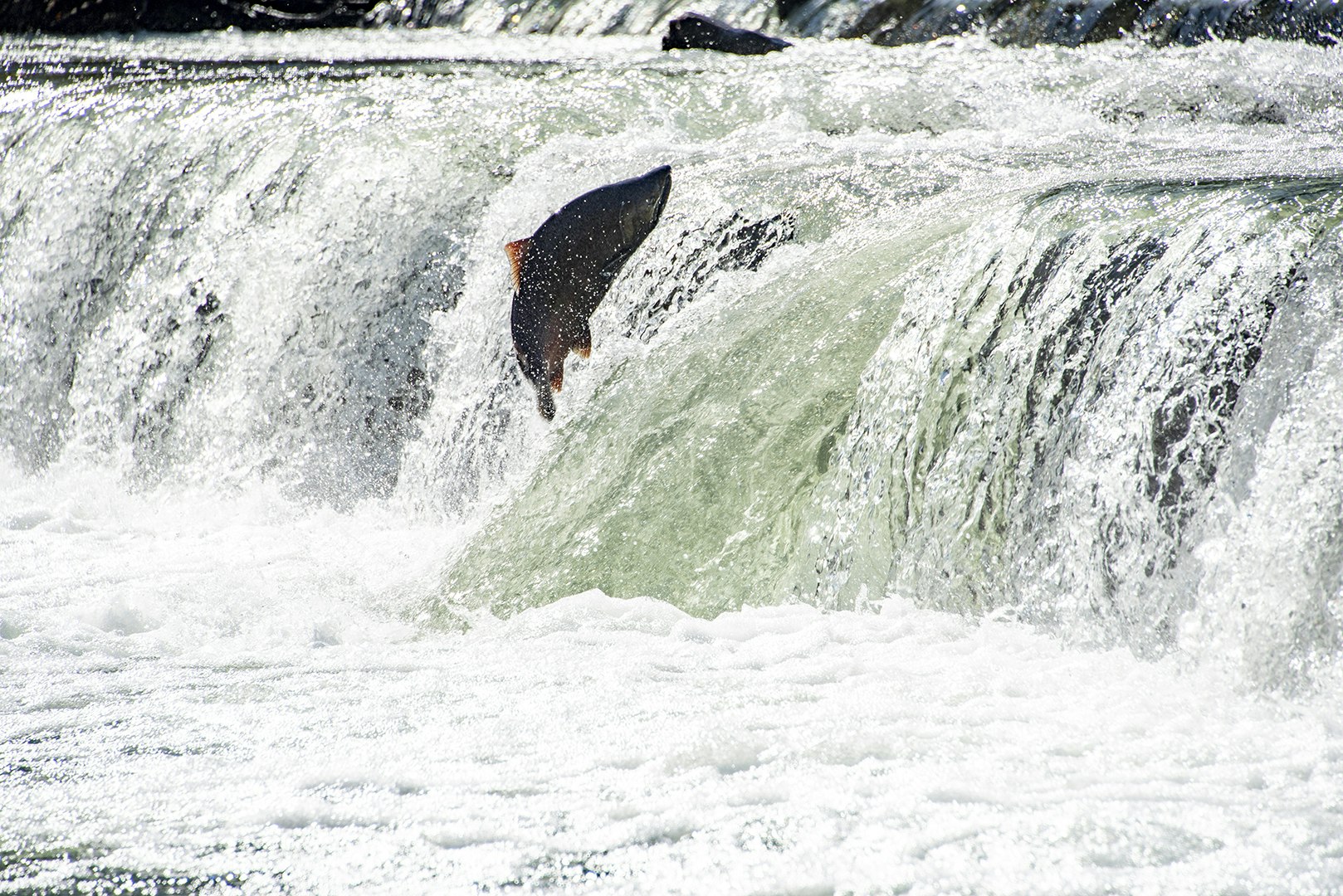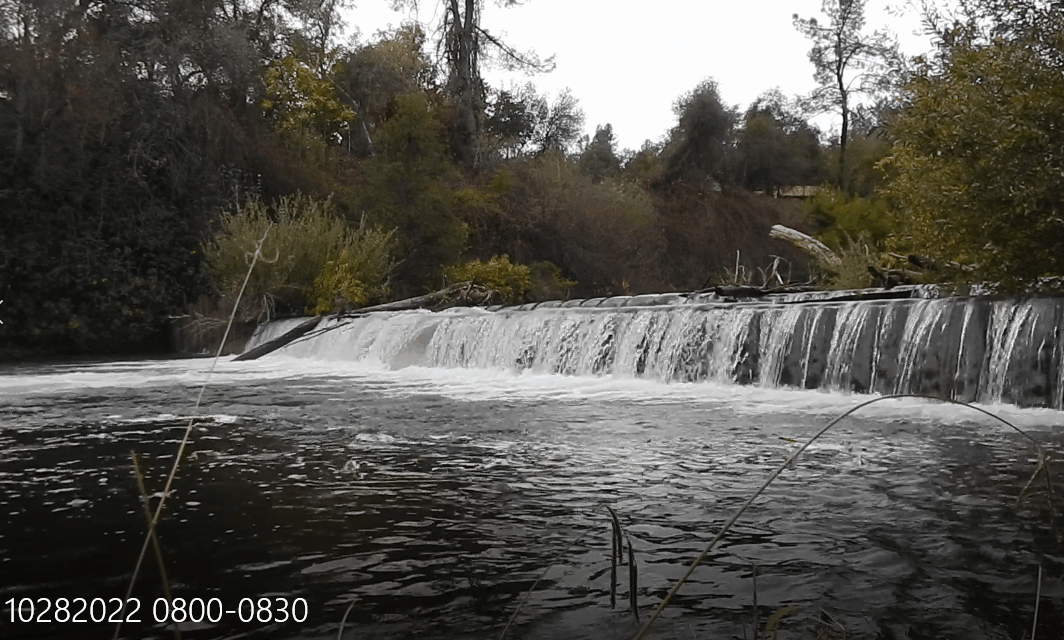Lower Clear Creek ACID Siphon Fish Passage Planning Project


The Anderson Cottonwood Irrigation District (ACID) Siphon across Lower Clear Creek conveys irrigation water from the north side of the creek to the south during their irrigation season (usually approximately April-October). In the mid-20th Century, headcutting of the streambed put the siphon at risk. The chosen solution to combat the headcutting was to install metal sheetpiling downstream of the structure as grade control. There are two rows ofsheetpiling approximately 30-feet downstream of the siphon. The two rows are approximately 14-feet apart. The creek has continued to headcut below the sheetpiling and has created a partial barrier to migrating fish and the sharp edges of the metal have the potential to injure wildlife. At the lowest managed flows in Clear Creek, the barrier creates an average jump height of 4.21 feet across the width of the creek. This jump adds an unnatural challenge for adult salmonids entering Lower Clear Creek and creates an obstacle for juvenile outmigrating salmonids that swim over the cascade created by the barrier and become disoriented and easily preyed-upon. In the current configuration the structure does not meet California Department of Fish and Wildlife (CDFW) or National Marine Fisheries Service (NMFS) criterion for fish ladder passage at the baseline summer and fall flow levels (Gard, CDFW 2020). Additionally, salmonids whose upstream migration is delayed by the leap required to navigate the structure may be vulnerable to predation from animals, such as otters and bears, and poaching as fish concentrate in the pool below the siphon. Affected salmonid species include Chinook salmon and Central Valley steelhead.
In 2022, WSRCD received planning grant funds from CDFW’s Proposition 1 Habitat Restoration Grants Program with support from ACID and the Redding Rancheria. The planning project goals are to explore a solution, develop preliminary designs, and complete CEQA review and preliminary permit applications in preparation for applying to secure implementation funding to address the challenges posed to salmonids by the siphon/dam structure; and to monitor fish passage at the structure to gain a better understanding of how fish navigate the structure (or fail to do so).



